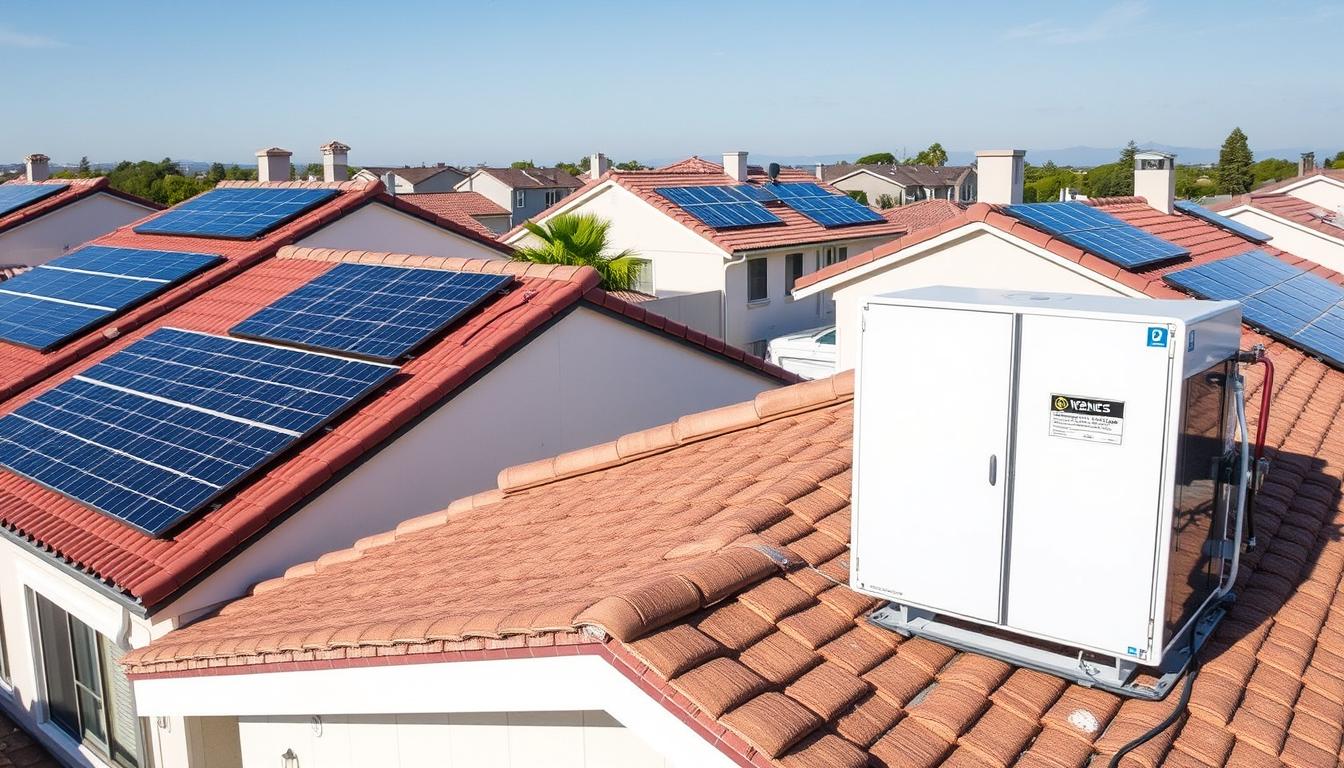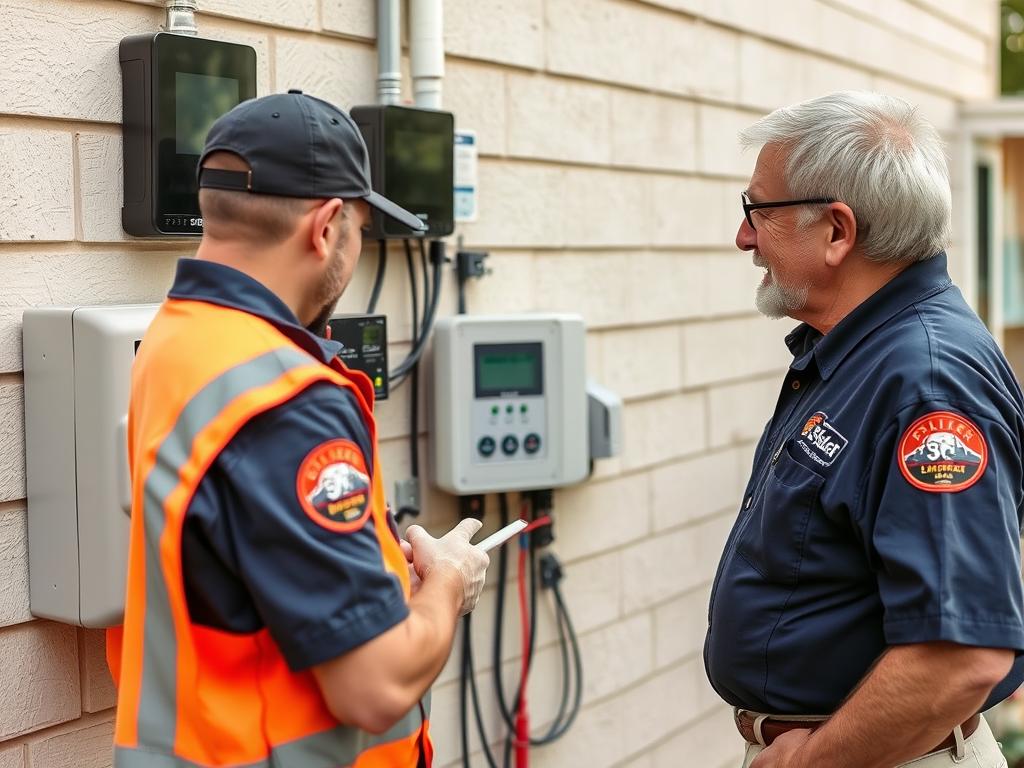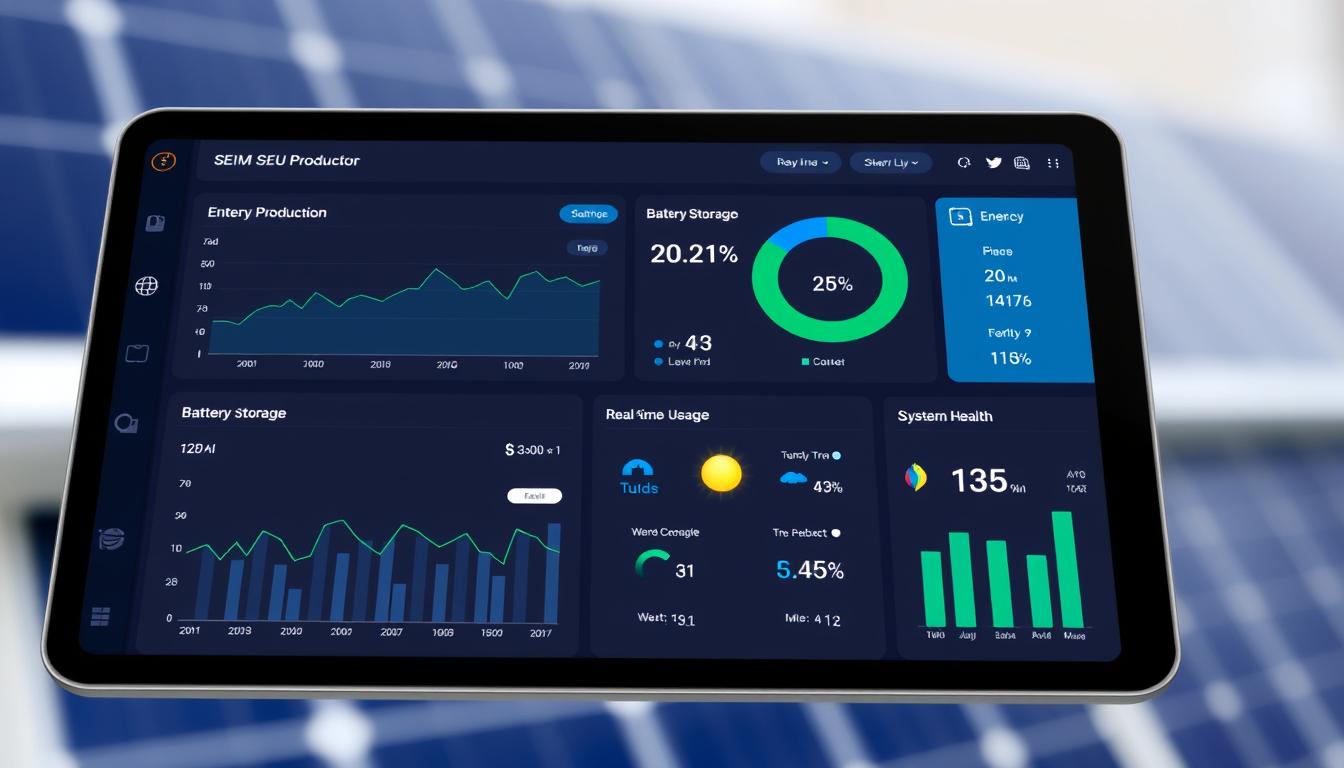How to Use SEU: A Beginner's Guide
The Sustainable Energy Utility (SEU) is a community-owned energy system that provides 100% renewable energy from local solar and battery storage systems. If you're looking to reduce your carbon footprint while gaining energy independence, SEU offers an innovative solution. This guide will walk you through everything you need to know about using SEU services, from understanding the basics to installation and troubleshooting.
What Is a Sustainable Energy Utility (SEU)?

SEU systems typically include solar panels and battery storage units
A Sustainable Energy Utility (SEU) is an opt-in, supplemental community-owned energy utility that provides 100% renewable energy. Unlike traditional utilities, SEU focuses on generating energy at the point of use through local solar installations, battery storage systems, and sometimes networked geothermal systems.
Key Benefits of SEU
- 100% clean, renewable energy
- Enhanced energy reliability and resilience
- Local energy generation and storage
- Reduced carbon footprint
- Community ownership model
How SEU Differs from Traditional Utilities
- Supplemental (doesn't replace existing grid)
- Optional participation
- Focus on point-of-use generation
- Community-owned infrastructure
- Emphasis on energy resilience
Prerequisites for Using SEU
Before you can begin using SEU services, there are several requirements and considerations to keep in mind:

Property Requirements
- Suitable roof space or yard area for solar panels
- Space for battery storage installation
- Property located within SEU service area
- Compliance with local building codes
Technical Requirements
- Electrical system compatible with SEU integration
- Internet connection for system monitoring
- Smartphone or computer for app/portal access
- Electrical panel with sufficient capacity
Administrative Requirements
- Homeownership or landlord permission
- Completion of SEU application process
- Property assessment appointment
- Review and signing of service agreement
Ready to explore if SEU is right for you?
Join the waitlist to be notified when SEU services become available in your area and receive a free property assessment.
Join the SEU WaitlistHow to Use SEU: Step-by-Step Guide
Follow these steps to get started with your Sustainable Energy Utility service:

Register for SEU Service
Complete the registration process through your local SEU provider's website or office. You'll need to provide basic information about your property and energy usage patterns.

Schedule a Property Assessment
An SEU technician will visit your property to assess solar potential, battery placement options, and electrical system compatibility. This assessment helps determine the optimal system configuration for your needs.
Review Your Custom Energy Plan
After the assessment, you'll receive a customized energy plan detailing recommended system size, estimated energy production, storage capacity, and projected costs and savings.

System Installation
Once you approve the plan, professional installers will set up your solar panels, battery storage system, and necessary electrical connections. Installation typically takes 1-3 days depending on system complexity.
System Inspection and Activation
After installation, your system will be inspected to ensure compliance with safety standards and local regulations. Once approved, your SEU system will be activated and connected to monitoring systems.

Learn the Monitoring System
Access your SEU portal or mobile app to monitor energy production, storage levels, and usage patterns. The interface allows you to track performance and optimize energy use.
Ready for professional installation?
Download our comprehensive installation guide for detailed information on preparing your property for SEU installation.
Download Installation GuideKey Features of SEU Systems

Solar Energy Generation
SEU solar panels convert sunlight into electricity, providing clean energy during daylight hours. Modern panels are efficient even in partial shade or cloudy conditions.

Battery Storage
Energy storage systems capture excess solar production for use during evenings, cloudy days, or power outages, providing resilience and maximizing solar utilization.

Smart Energy Management
Intelligent systems optimize energy flow between solar generation, battery storage, and home use, automatically prioritizing the most efficient and cost-effective energy source.

Real-World Examples: How to Use SEU in Daily Life
Maximizing Solar Production
Sarah from Michigan installed an SEU system with 24 solar panels and a 13.5kWh battery. By scheduling energy-intensive activities like laundry and dishwashing during peak solar production hours (10am-2pm), she maximizes direct solar use and minimizes grid dependency.
Backup Power During Outages
When a storm caused a 3-day power outage in David's neighborhood, his SEU battery system automatically switched to backup mode, powering essential appliances including refrigerator, lights, and medical equipment until grid power was restored.

Energy Sharing in Communities
In a neighborhood SEU microgrid, excess solar energy from Jane's system automatically supplies her elderly neighbor's home during peak demand periods, creating a more resilient community energy network while optimizing local energy resources.
Troubleshooting Common SEU Issues
Need expert help with your SEU system?
Our technical support team is available to help resolve any issues with your SEU installation.
Contact SEU SupportFrequently Asked Questions About SEU
Getting Started with SEU Today
Using SEU is a powerful way to take control of your energy future while contributing to a more sustainable community. By following the steps outlined in this guide, you can successfully navigate the process from initial registration to daily use of your renewable energy system.
Remember that SEU systems are designed to be user-friendly, with intuitive interfaces and automated features that handle most of the complex energy management behind the scenes. As you become more familiar with your system, you'll discover additional ways to optimize your energy usage and maximize the benefits of clean, resilient power.
Ready to embrace sustainable energy?
Join thousands of homeowners who have already made the switch to clean, reliable energy with SEU.
